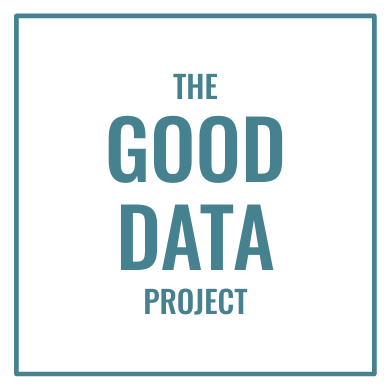Everyone who’s ever written a Powerpoint slide, composed a blog post, or drafted a business email has told a data story. But almost no one has been trained how to do this well.
I’ve spent decades explaining data with words and helping others do the same. I’ve seen nearly every best practice and every mistake you can make in data storytelling. The result of all those experiences? I now coach clients on the Data Story Mandate:
Data stories must be correct, reliable, and meaningful.
What does that actually mean?
1. Your story must be correct. First and foremost, ensure your data copy is credible, relevant, and factual.
Is it credible? Only describe data that you trust. If you have questions about a number’s source (eg, is it from a biased party?), recency (eg, is it more than two years old?), or statistical validity (eg, is the sample problematically small?), you owe it to your readers to say so. And if you don’t know a number’s source, recency, or validity, don’t use it.
Is it relevant? Only use data that specifically relates to your topic, and only make statements the data can support. Want to say something about global retail? Don’t use data from just three countries. Reporting that Walmart outspends Instacart? Detail their actual spending, not their spending growth rate or their plans.
Is it factual? This sounds obvious, but I see more factual errors than any other kind. So double-check all your numbers and statements before publishing. Ideally, have someone else check them too. If you say “more than half,” the number needs to be over 50%. And if you say 53%, the number needs to be 53%.
2. Your story must be reliable. Next, make sure your data copy is reliable by checking for accuracy and completeness.
Is it accurate? A data story can be correct without being accurate: "More than half" is a correct description for 67%, but "two-thirds" is accurate. Just don't confuse accuracy with specificity. Precision is rarely meaningful when explaining data in a business context, and business data rarely has a small enough margin of error to support much specificity anyway. Your readers won’t care if a number is precisely 67.4%, but they will care — and better grasp — that it’s two-thirds.
Is it complete? Stories that leave out crucial data are unreliable. And if there’s a chart nearby, your readers will know it. So don’t blithely report that “most adults turn off cookies to manage privacy” when it’s only people’s second most-common privacy tactic; instead, mention both leading behaviors or write that cookie management is “one of adults’ top privacy strategies.” But remember that completeness doesn’t require comprehensiveness. Don’t bore your readers by recounting every data point; just acknowledge the data that matters.
3. Your story must be meaningful. Making your data copy correct and reliable ensures you’re not publishing bad data. But to publish good data — to actually explain data — you must show what the numbers mean.
Is it contextual? Simply listing numbers doesn’t tell a story. Instead, enlighten readers by putting the data into context. So don’t just report that the average American man stands 5-foot-9 and weighs 198 pounds; compare those numbers to American women, British men, or the average American man in 1950. Trends and comparisons help readers make sense of the data you’re explaining and understand why it matters.
So let’s get into it. I’ll spend the next few months showcasing examples of the best and worst in data storytelling so that we can all learn from them.
If you want to help, please post the best or worst data copy you’ve seen lately in the comments below or on LinkedIn. And if you want good data delivered to your inbox, you can subscribe here.

